You are currently browsing the daily archive for August 4, 2011.
St. George Monastery of Hazeva from Judea, also called Wadi Kelt, is an ancient Orthodox monastery baring the relics of Saint John Jacob of Neamt (the Romanian), called also “the Hotzebite” and of Saint George the Hotzebite. The monastery is situated approximately 20 kilometers from Jerusalem taking the road to Jericho. The valley of “Wadi Kelt” occupies a large part of the Judea desert and runs parallel with the ancient Roman road that once connected Jerusalem to Jericho, a road with biblical connotations – where the Good Samaritan came to Christ (see Luke 10, 29-37). The monastery of Saint George is situated on the steep west bank of the valley.
The Orthodox Christian monks began to settle in the wilderness of Judea as early as the fourth century. Between the V and the VI centuries, the desert of Judea became a particularly strong monastic region, more than 70 monasteries and monastic hermitages were founded here, some of which are little accessible even today.
The first monks settled in this valley around the year 420. There are known as: Prono, Elijah Gannaios, Ainan and Zenon. The small chapel built by these five hermits was later turned into a monastery by St. John the Thebes – a monk that came from Thebes, Egypt around 480 AD.
The monastic complex from Hazeva dating back to the late sixth century, still maintains its chapels and gardens, which are inhabited today by a group of Greek monks. The paved trail leading to the monastery begins near a gate – a stone portal in the form of three arcs baring its name, and crosses the desert valley of Judea.
The monastery of St. George the Hotzebite is carved into a rock wall on the site of an ancient monastic settlement started in the early fifth century. The monastery is located west of Jericho, in the stream valley named Horat – or Cher in the Old Testament and called today Hazeva. It is also believed that the OT prophet Elijah has lived in this region during his persecution by King Ahab.
The Monastery of Saint George of Hazeva was founded in the fifth (or VI) century by John of Thebes. After been tonsured a monk, St. John left Thebes in Egypt and came to the wilderness of Judea, around 480. Here, in a cave, he lived as a hermit.
The monastery was later named “St. George of Hazeva” after its famous monk who dwelled here, George Coziba (Hazeva).
In the late sixth century, the monastery became very famous for its spiritual leader, St. George of Coziba, born in Cyprus, around 550.
Destroyed in 614 by the Persians, the monastery was later rebuilt by the Crusaders. During the Persians’ attack, 40 holy monks ended their life in martyrdom and the monastery was abandoned.
An inscription in Greek and Arabic, perched above the old entrance to the monastery, speaks about its restoration in 1179, by King Manuel the I (1143-1180). In 1483, the pilgrim Felix Fabri – found here only few ruins.
In 1878, a Greek monk named Kalinik, settled in the old monastic walls of the wilderness of Judea, fully restoring the monastery. The repair works were completed in 1901. The oldest part of the monastery preserves a mosaic floor dated back to the late sixth century.
In its ancient time, the monastery church was dedicated to the Virgin Mary. Today, however, after its reconstruction and renaissance, the church has as its patrons, Saint George and Saint John Jacob the Hotzebites.
The holy relics (skulls) of monks killed by the Persians are preserved in a chapel near the main church, where the complete holy relics of St. John Jacob the Romanian are also found along with the tomb of St. George the Hotzebite.
According to the local tradition, this monastery bares the cave where Saint Elijah the Tishbite dwelled for three years and six months before ascending to the Mount Sinai. In the cave of St. Elijah an icon depicts the saint as being fed miraculously by ravens (see OT, Kings).
And the Lord said to Elijah: “Go away from here and turn eastward, and hide yourself by the brook Cherith, which is east of the Jordan. It shall be that you will drink of the brook, and I have commanded the ravens to provide for you there. So he went and did according to the word of the LORD, for he went and lived by the brook Cherith, which is east of the Jordan. The ravens brought him bread and meat in the morning and bread and meat in the evening, and he would drink from the brook. It happened after a while that the brook dried up, because there was no rain in the land.
Then the word of the LORD came to him, saying, “Arise, go to Zarephath, which belongs to Sidon, and stay there; behold, I have commanded a widow there to provide for you.” (I Kings 17, 2-9)
In the local ancient tradition, it is also said that Joachim, the father of the Virgin Mary dwelled in these places, fasting and praying for 40 days, until an angel of God told him that his righteous wife Anna, will conceive and bear a daughter who will become the Mother of God.
St. George the Hotzebite
St. George of Hazeva is commemorated on January 8. Leaving his homeland and all the worldly delights, St. George came to Jerusalem to worship in the church of the Holy Sepulcher and other holy shrines in Jerusalem. On this occasion, he enters the monastery that will be called “Hazeva”.
The Saint had struggled for many years in prayer and hard labors in the Cave of St. Elijah. His relics can be honored/venerated in the monastery church and by the power of God, they work many miracles.
St. John Jacob of Neamt (the Romanian)
St. John Jacob the Romanian was born in 1913 and passed in the Lord on August 5th 1960 at the age of 47 years. Saint John arrived at the Holy Land and went to the Romanian monastic settlement of Jordan, where he became a spiritual advisor and leader. St. John however, considered his labors not to be sufficient for his salvation and desired a more severe struggle in the desert as once had the anchorite of the golden age of Christianity.
Father John went to the Monastery of St. George the Hotzebite, to the cave where the Holy Prophet Elijah (of Tishbite) lived for sometime and where thousands of monks dwelled in ancient times, many been martyred during the Persian invasion.
Perhaps that is why the pious ascetic John had chosen this monastery, where he lived but a short time. In 1953, St John retires in another cave – of St. Ann – nearby, where he remained until the end of life in the most severe asceticism.
In this cave – carved into the steep cliffs of the mountain, St. John spent his days in prayer and fasting, sleeping very little on a mat laid on a wooden board and eating little dry food. In this poor and lowly surrounding, St. John prayed for eight years, enduring cold, hunger, thirst, heat, diseases, deprivations and temptations of all kinds.
His holy body was placed in a tomb where he had prepared ahead of time. At his death, multitudes of birds had miraculously gathered at the monastery of St. George during the memorial service. For twenty years, St. John’ body rested in the tomb of Saint Ann‘ Cave. In August 1980, by divine providence when his grave was opened, his body was found whole, incorrupt and fragrant. His relics were translated in great procession into St. George Monastery chapel and placed in a glass casket.
For his holy life, the Holy Synod of the Romanian Orthodox Church at its meeting in June 20th 1992, proclaimed the canonization of Blessed John among the saints under the name “St. John the New,” “St. John Jacob from Neamt” or “the Hotzebite”, his commemoration takes place on August 5/18 each year.
Through their holy prayers, Lord Jesus Christ have mercy on us!
(Translated by the blog’ author).













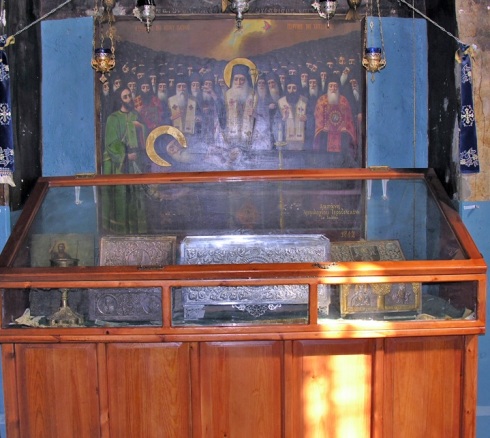






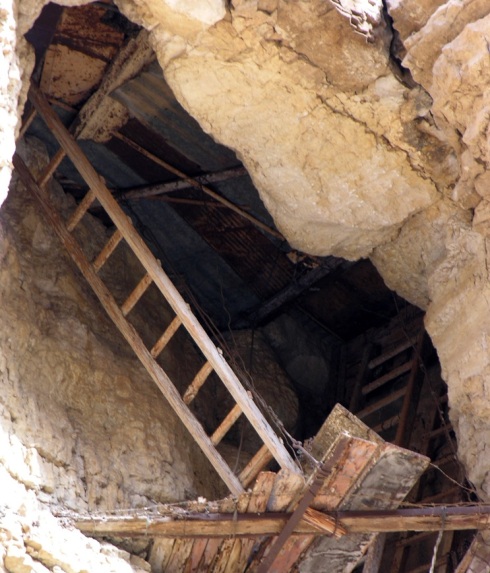




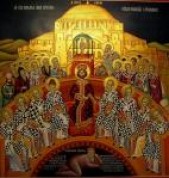 Christian Dogma
Christian Dogma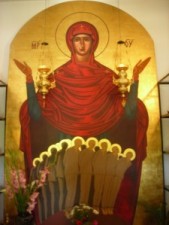 Christian Martyrs
Christian Martyrs Christian Orthodox Churches and Monasteries
Christian Orthodox Churches and Monasteries Christian Sermons and News
Christian Sermons and News Church's Teachings on Fasting
Church's Teachings on Fasting Ecumenism – a Great Heresy
Ecumenism – a Great Heresy Father George Calciu
Father George Calciu Life_a Sacred Gift form God
Life_a Sacred Gift form God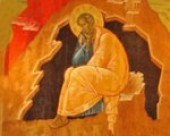 Orthodox Saints and Church Fathers
Orthodox Saints and Church Fathers Spiritual Elders
Spiritual Elders Daily Bible Readings
Daily Bible Readings Journey to Orthodoxy
Journey to Orthodoxy Listen to Ancient Faith Radio
Listen to Ancient Faith Radio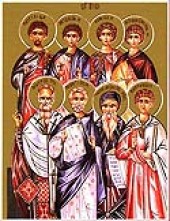 Orthodox Calendar of Feasts and Saints
Orthodox Calendar of Feasts and Saints Orthodox Christian Mission Center
Orthodox Christian Mission Center Orthodox Institute
Orthodox Institute OrthodoxChristianNetwork TV
OrthodoxChristianNetwork TV
Recent Comments